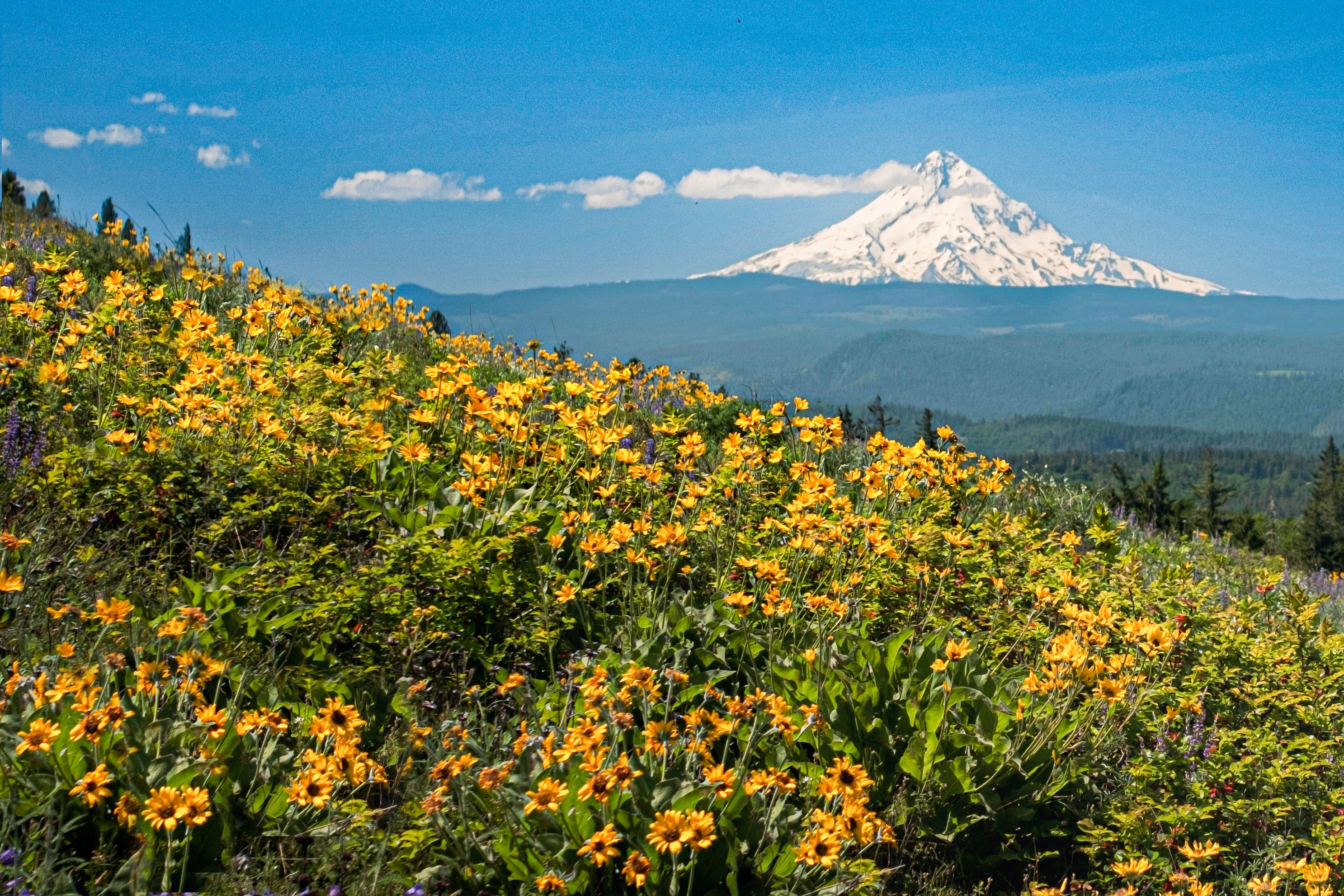Five Perfect Parking Strip Plants
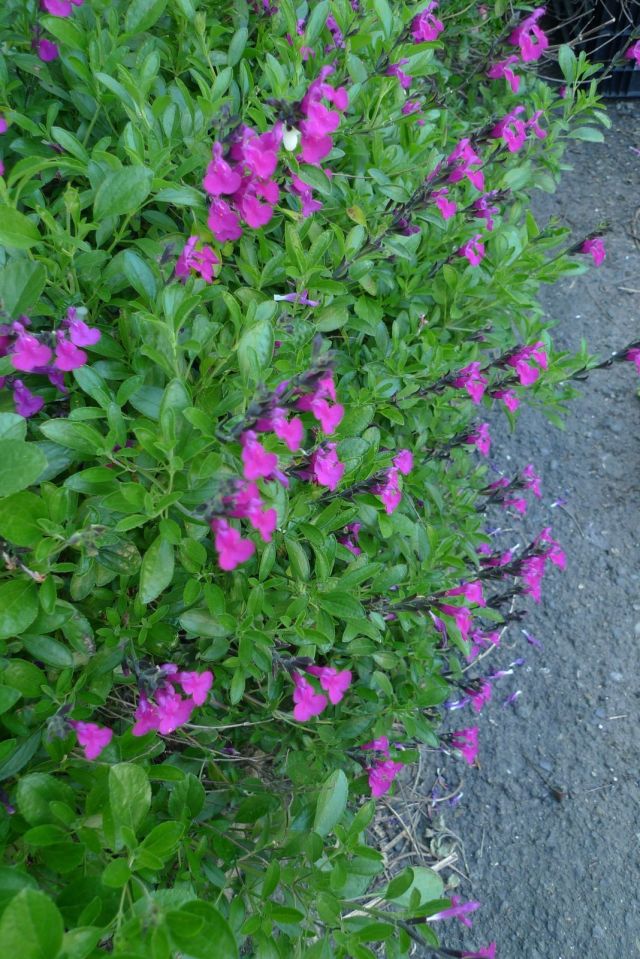
Texas sage is perfect for a sunny parking strip garden: drought tolerant, with fragrant foliage and attracts hummers in droves.
Image: Kate Bryant
Planning a good parking strip garden can be a challenge.
Part of the hardship of it is that you aren't just creating a garden for yourself—it's for the public who walks, pedals and drives by your home. Your visitors, your neighbors, and the city itself all have a relationship to your parking strip garden. Put a little extra thought into the space before putting shovel to ground and you’ll be rewarded with a pleasing public space and, hopefully, the admiration and appreciation of pedestrians, neighbors and visitors alike.
Before breaking out the shovel, sit on your front steps and look at the parking strip for a while this spring to see how it’s used.
And of course—before breaking ground—contact your utility companies (about possible lines below your strip) and the city (which has rules regarding spacing and height of any plantings, including current or future trees).
Let’s say you’ve done that and are ready to start planning your plantings. Here are some characteristics that are valuable in your typical sunny Pacific Northwest parking strip.
- Low stature. Low-growing plants – below about 2’-3’ tall and wide - won’t block people getting in and out of vehicles, and drivers’ and pedestrians’ vision is never obstructed.
- Drought tolerant. Plants should be able to go dry in summer once established. Who wants to drag the hose out there and water all summer?
- Heat and cold tolerant. Surrounded by concrete, parking strips are generally hot in summer and cold and windy in winter. Plants, especially evergreens that hold their leaves in winter, need to be tough.
- Abuse tolerant. Plants should be able to withstand the pressure of being stepped on, broken or squashed from time to time - or able to recover quickly if stepped on. Because that’s the reality for plants in parking strips.
These five plants fit the above categories, and look great to boot. If you're thinking about converting your parking strip to garden this year, consider planting them. Or add them to your existing curbside garden if it needs a color or elegance boost.
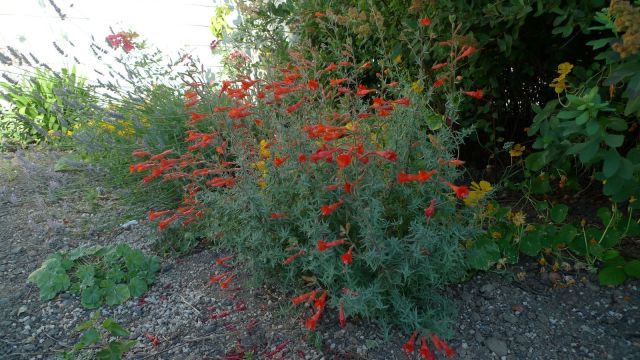
Zauschneria flowers through late October, even into November most years.
Image: Kate Bryant
California fuchsia (Zauschneria sp.). Not really a fuchsia, this tough late summer/fall-blooming. California-native perennial-shrub thrives in hot sun. Tubular orange, or sometimes pale pink, flowers attract hummers and last til frost.
Some are semi-evergreen, others deciduous. The plants are big enough to suppress most smaller weeds over time but can really spread, too. The stems can be brittle but once established, there's no harm in a few broken branches.
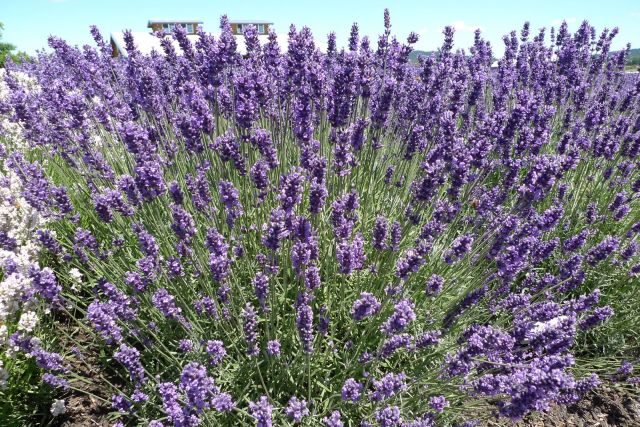
A good dark purple English lavender (Lavandula angustifolia 'Imperial Gem'), one of many varieties grown at the Willakenzie Lavender Farm.
Image: Kate Bryant
English lavender (Lavandula angustifolia cultivars). English lavender is generally smaller and more compact than Spanish and intermediate type lavenders. For this reason, they are easier to maintain in the parking strip. Lavender flowers attract bees and other pollinators, and they are evergreen, for year-round good looks. Planted fairly tightly together, they grow tall enough to suppress nearly all but the most recalcitrant weeds.
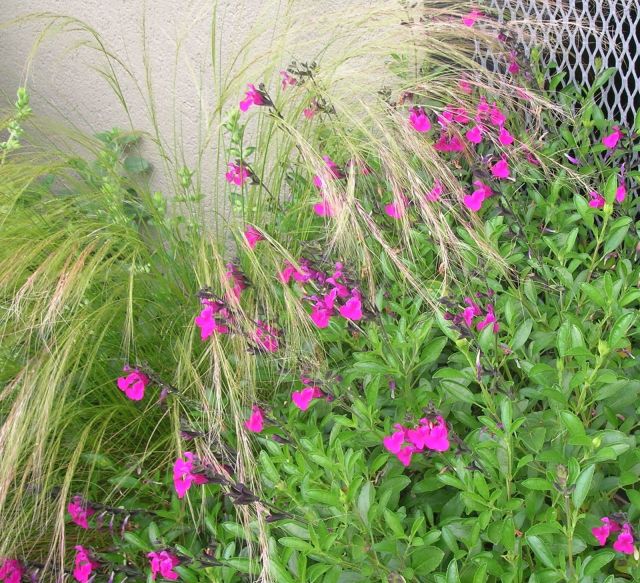
Texas sage with Mexican feather grass - a harmonious combination.
Image: Kate Bryant
Texas sage (Salvia x greggii). Tough and extremely drought-tolerant, these salvias bloom from May to November and are wildly attractive to hummingbirds. They come in a tremendous array of colors, although the reds and pinks tend to be the hardiest to cold. The plants can be brittle so dogs and people walking over them can break the stems. Luckily, cutting them back from time to time is a good idea so take that opportunity to do a little hard pruning.
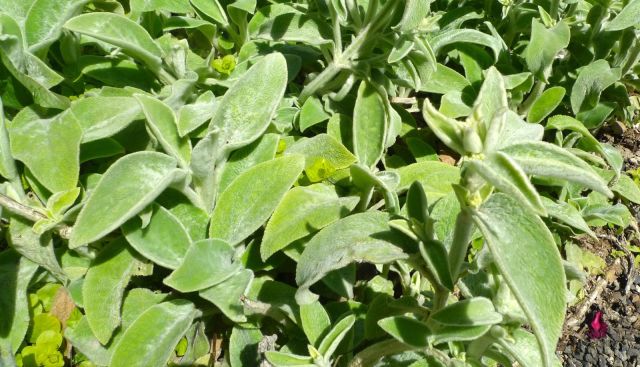
Stachys byzantium 'Primrose Heron' makes a tough, weed-suppressing mat and requires no summer water.
Image: Kate Bryant
Lamb's ears (Stachys byzantium) This furry-leafed ground cover is common in landscapes, but it's a tried-and-true drought tolerant plant that can also be stepped on without much damage. Try the gold leafed form, Primrose Heron, which is every bit as drought tolerant as the more common silver leafed form, but also provides warm, complimentary color in the garden. Nearly everything looks good with chartreuse!
Mexican feather grass (Stipa or Nasella tenuissima). This grass (see salvia image, above) looks good nearly all year and is extremely drought tolerant. It can seed itself around a bit but that’s okay in a parking strip. It’s a great foil for other plants, with its soft, wind-swept foliage, and can even be squashed from time to time without total destruction.

